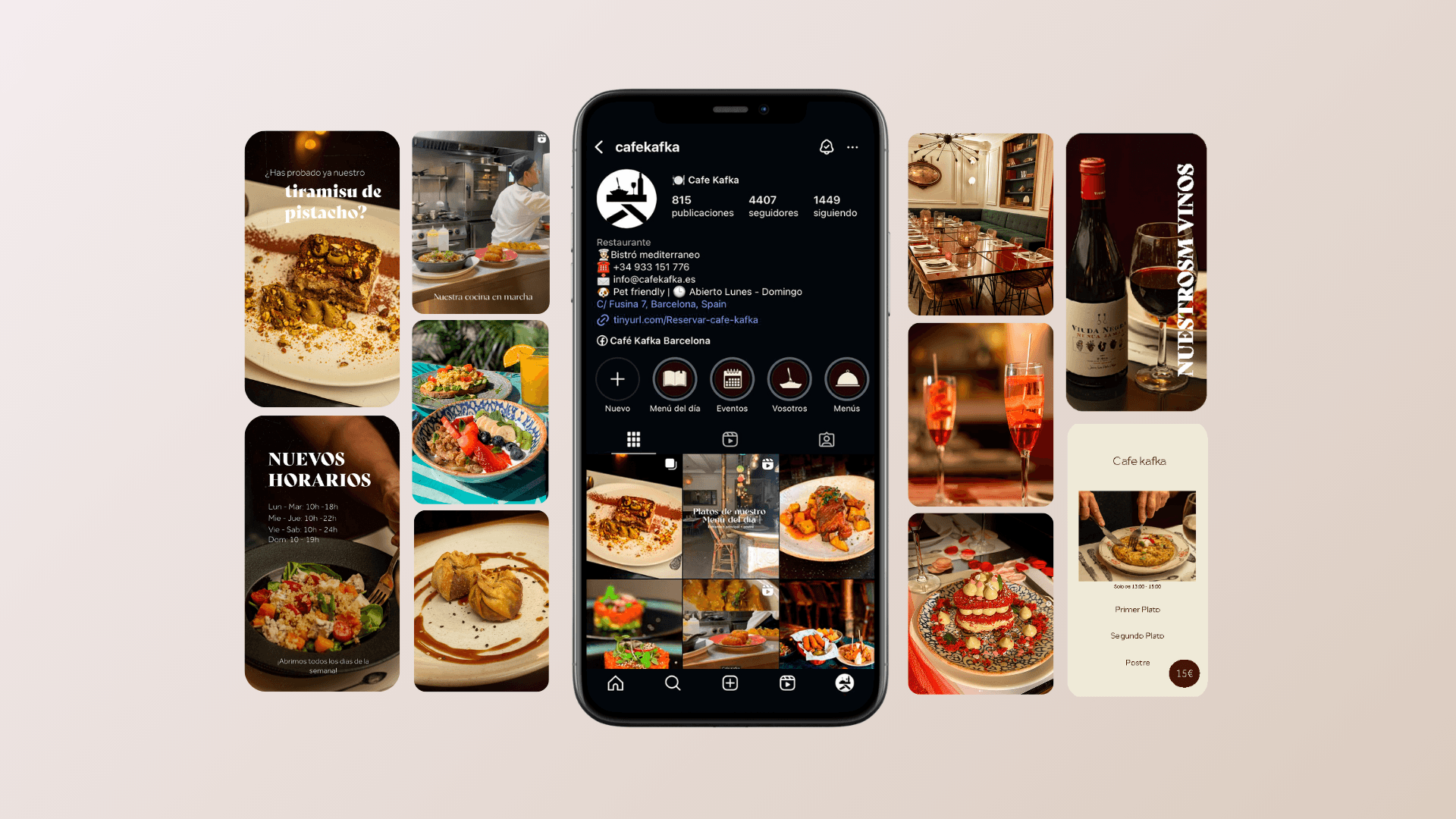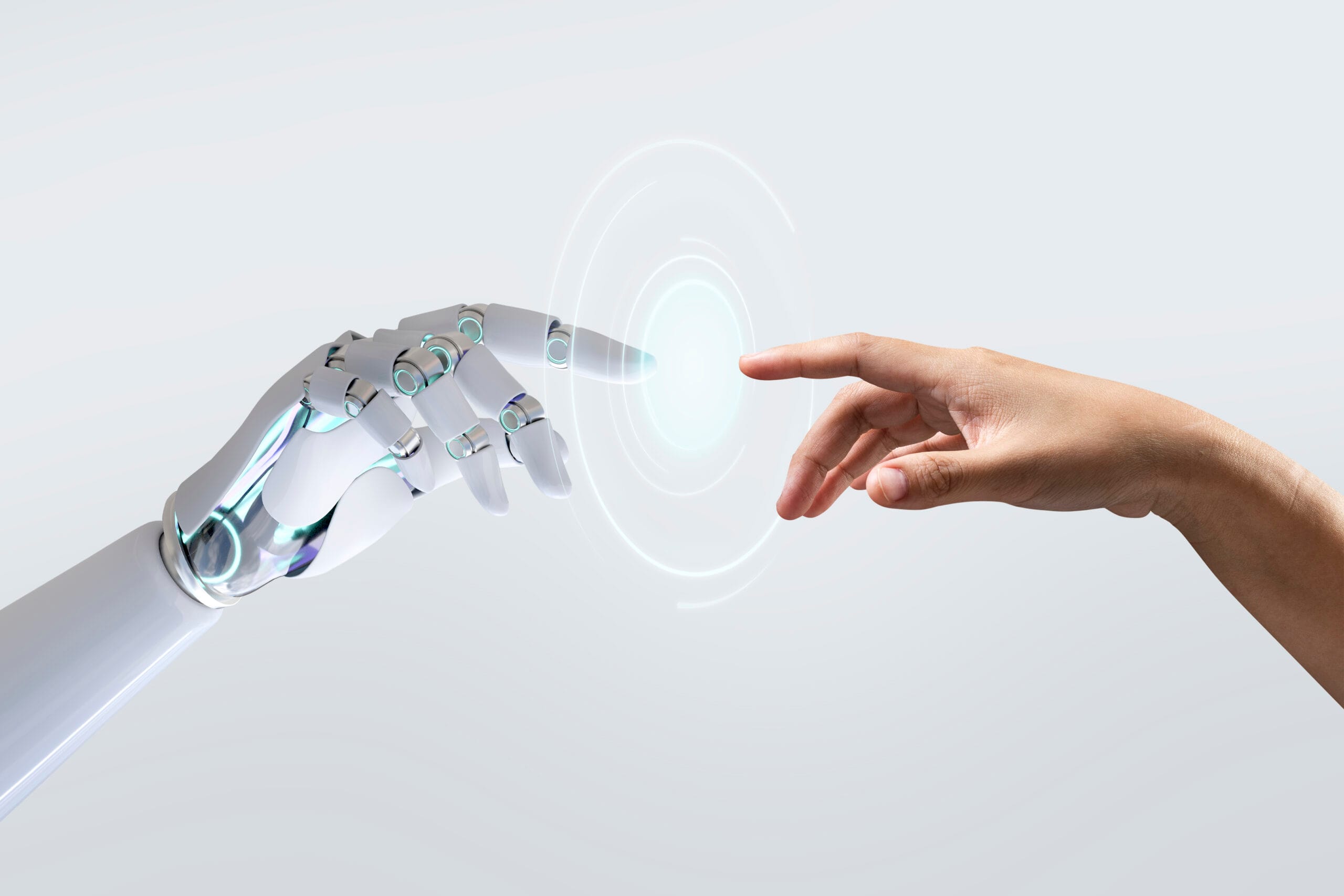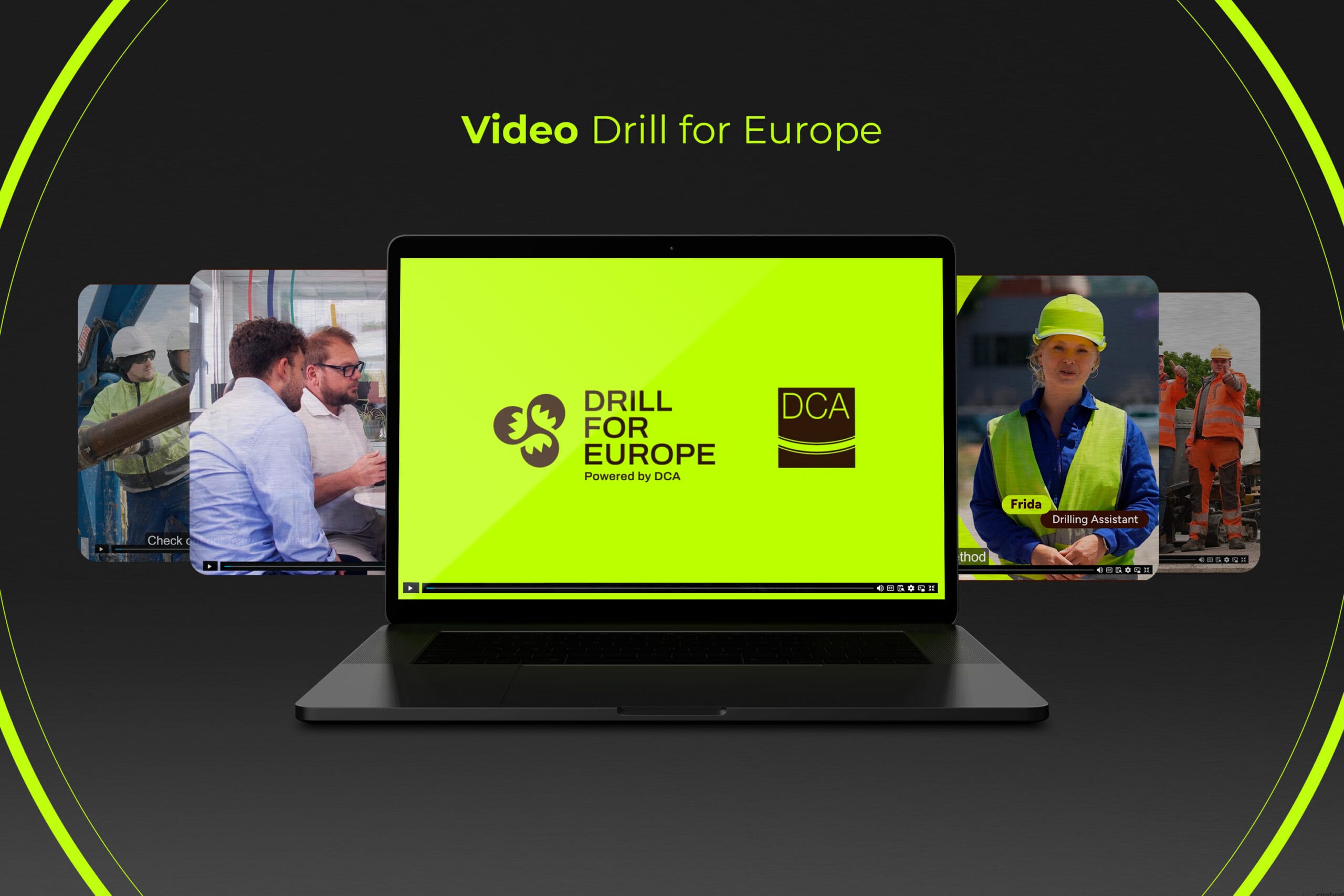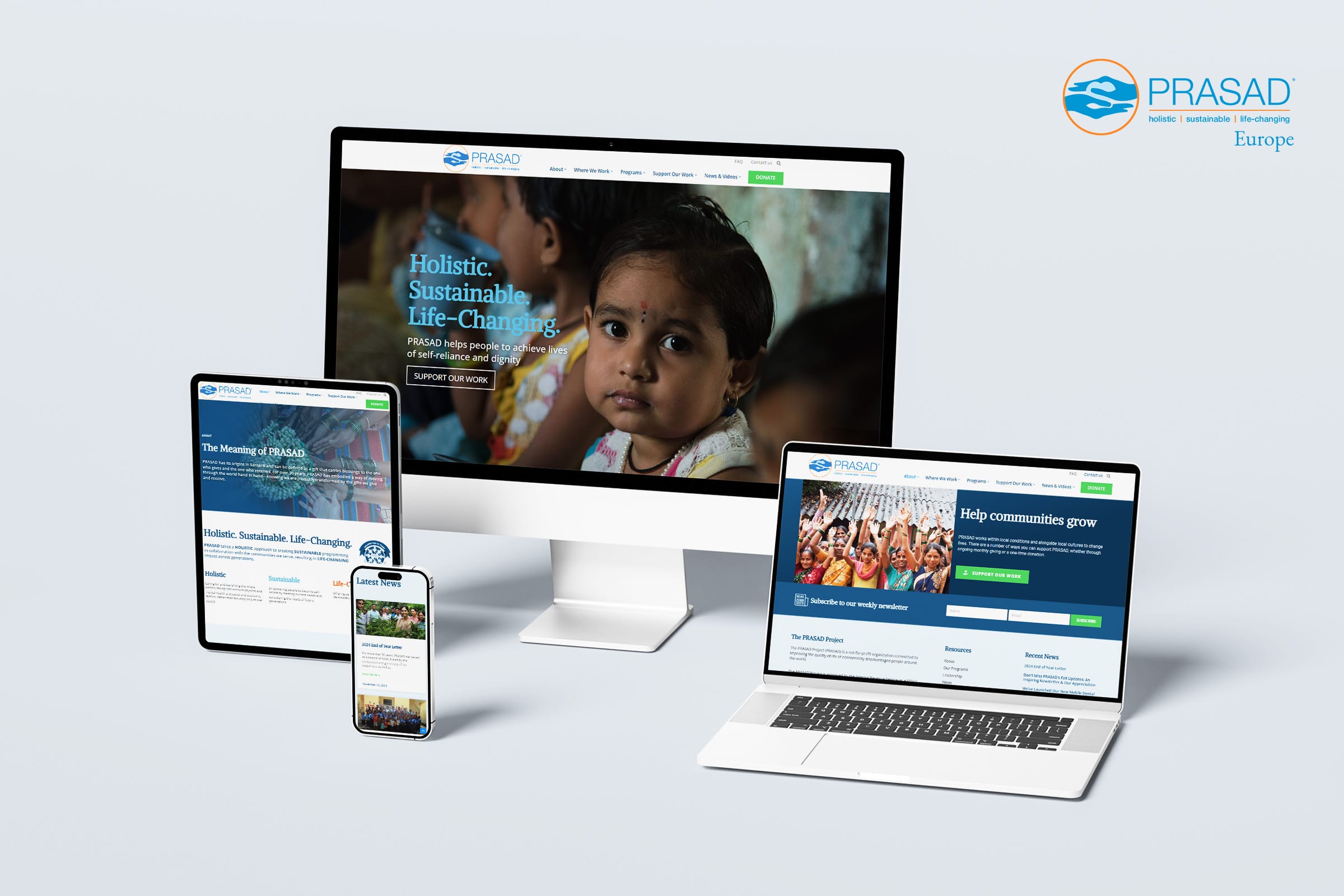Our honest opinion.
In this rapidly evolving world of design and marketing, artificial intelligence has transitioned from an experimental tool to a trusted collaborator. But where does this leave us – humans…
At MS Nordic, we’ve explored over a dozen AI tools and now rely on many of them daily. This has not only accelerated our production but also expanded our service offerings significantly. By bringing more tasks in-house, we’ve reduced reliance on external suppliers. Of course, those savings on human resources are balanced by increased investment in software.
So what does this mean for the human touch in design, and all the marketeers, designers, branding experts, and developers out there? Are we doomed?
We’ve drawn some conclusions and made a few predictions – it’s not all bad news.
As more creative teams incorporate AI into their workflows, one overarching theme is emerging: human-centric AI design. In 2025, it’s not enough for AI to simply automate tasks or speed up production. To truly resonate with users, AI-powered tools, content, and campaigns must prioritize personal, intuitive, and emotionally intelligent experiences.
This human-centered approach to AI design goes beyond mechanical efficiency. Instead, it focuses on making AI a meaningful partner that enhances creativity rather than replacing it. Human-centric AI respects the designer’s role in shaping narratives, setting visual direction, and crafting brand identities. By keeping the individual user’s needs, preferences, and emotional responses at the core, this approach ensures that creative outputs are not only faster or more scalable, but also more authentic and engaging.
Empathy at scale
What sets human-centric AI design apart is its emphasis on empathy at scale. While traditional design workflows often relied heavily on the subjective instincts of creative professionals, AI can now provide insights that help teams better understand their audience. But the challenge lies in applying these insights without losing the human touch. Human-centric AI tools offer suggestions and generate content that aligns with human intuition and emotional resonance. They assist designers in amplifying the elements that evoke trust, excitement, or connection, ensuring that the final output remains relatable and inspiring.
Pioneering brands leading the way
Industry leaders like Microsoft, Adobe and Notion have already embraced this paradigm. They’re not just adding AI features for the sake of novelty; they’re integrating them in a way that reinforces user control and creative freedom. Adobe’s AI-driven tools, for example, provide suggestions that help designers explore new possibilities without dictating the final outcome. Notion’s use of AI enhances workflow efficiency while maintaining a focus on the user’s unique working style. These companies are demonstrating that it’s possible to leverage AI as a co-creator – one that respects and uplifts human ingenuity rather than overshadowing it.
The opportunity for MS Nordic (and our clients)
For MS Nordic, human-centric AI design represents a unique opportunity to find the perfect balance between innovation and intention. By prioritizing tools and strategies that align with this trend, we can position ourselves as a strong player in the creative industry. This approach not only ensures that our work remains relevant in an increasingly AI-driven world, but it also helps us foster stronger connections with clients and audiences who value authenticity and human touch. Many of our latest projects have had a strong AI-driven production involved.
Conclusion for the rest of 2025
As we move further into 2025, the creative industry is learning that AI’s true potential lies in its ability to complement, and not only replace, human creativity. Human-centric AI design is more than a trend—it’s a shift in mindset that puts people at the heart of the process. At MS Nordic we are aware of that and our team is specialising in use of AI where relevant for their specific areas.
A human touch brings authenticity. Even in a world where AI often performs faster and more efficiently than humans, there’s something deeply reassuring about knowing a real person was involved. It reminds us of purpose, dignity, and the fundamental value of human work. As AI continues to advance and take over more tasks, we believe a counter-movement will emerge—driven by a societal desire to preserve and prioritise the human element. Much like the food industry has embraced “organic” and “ecological” labels, we foresee a growing demand for “human-made” or at least “AI-assisted with a human touch” as a kind of quality mark or ethical standard. After all, a world without jobs is not only economically unsustainable—it’s a world where people risk losing their sense of purpose and meaning.
By focusing on empathy, user control, authenticity, and emotional connection, brands and agencies alike can create work that is faster, more effective, and – most importantly – genuinely meaningful for all, and not only AI-software creators and companies.





